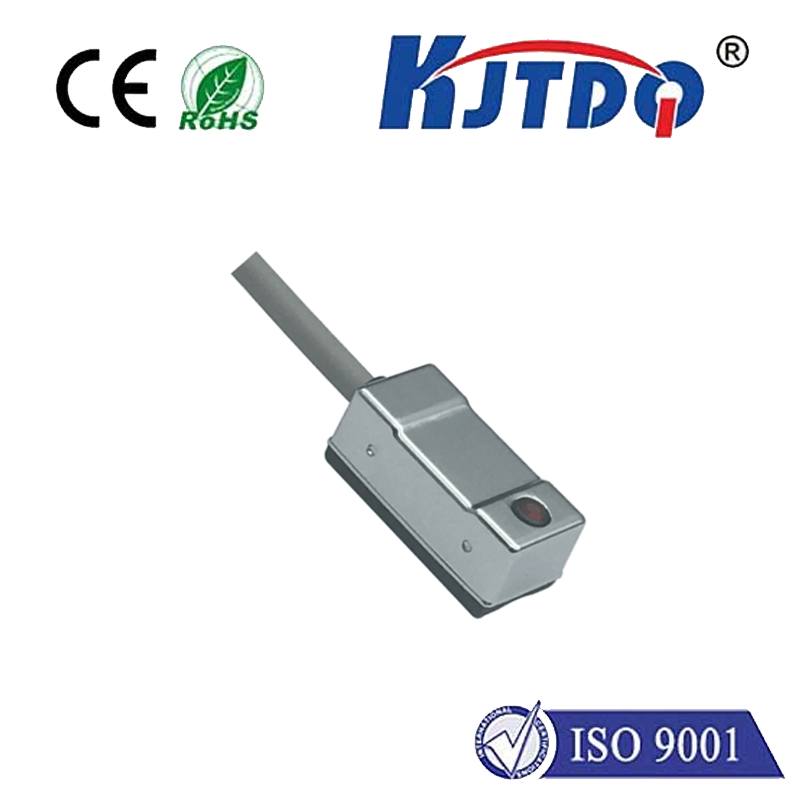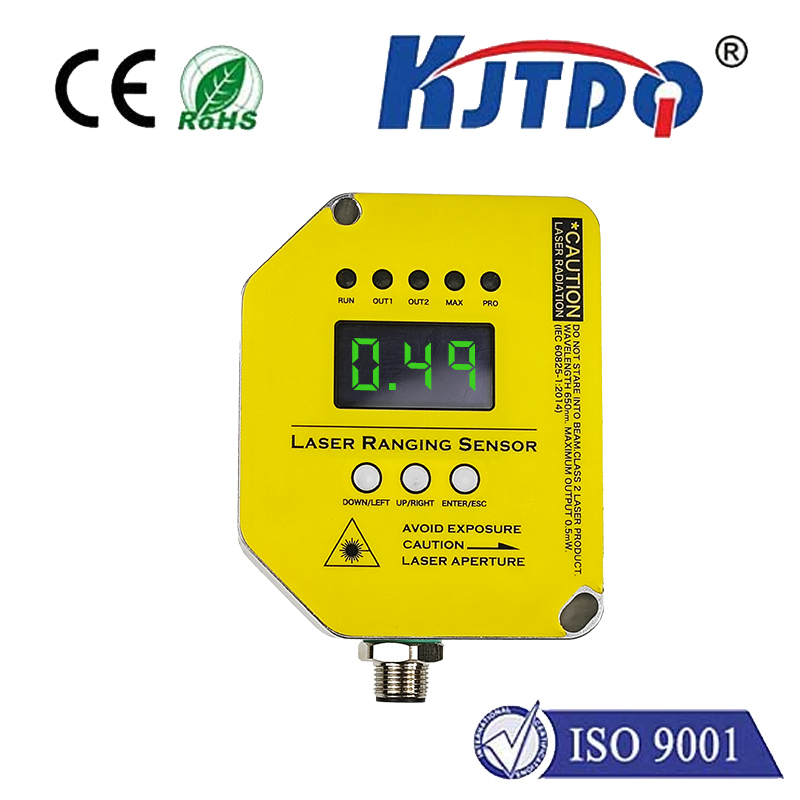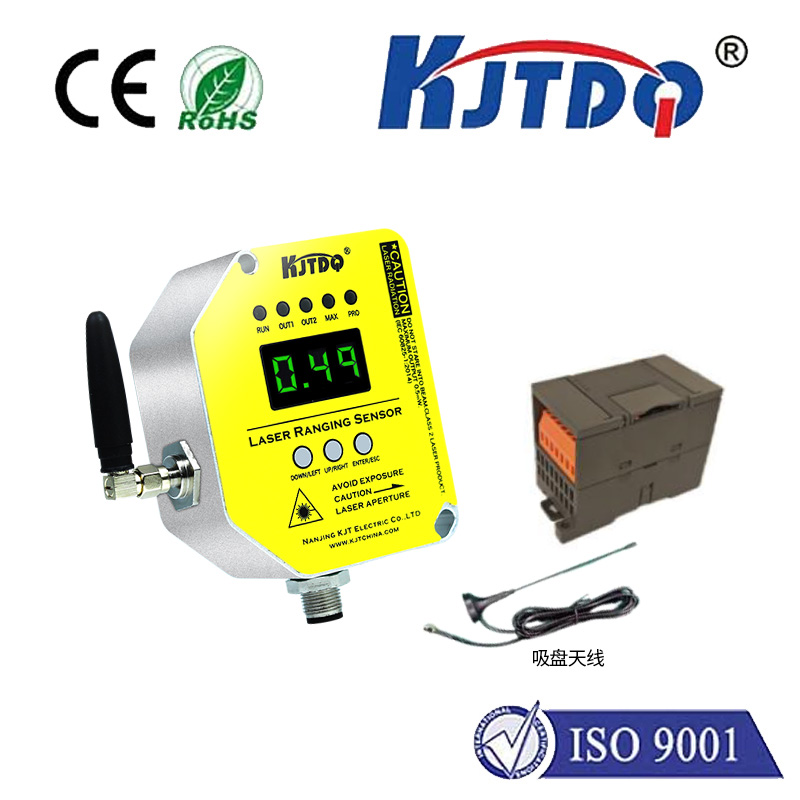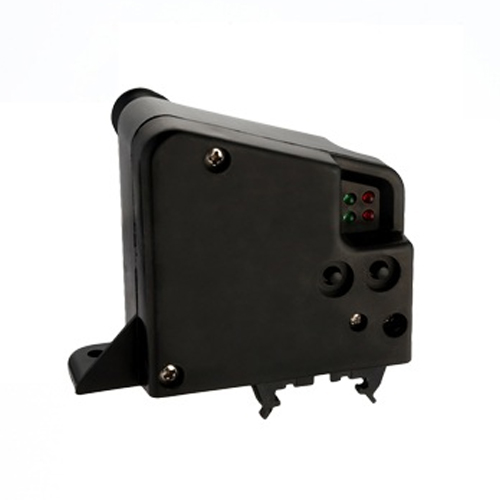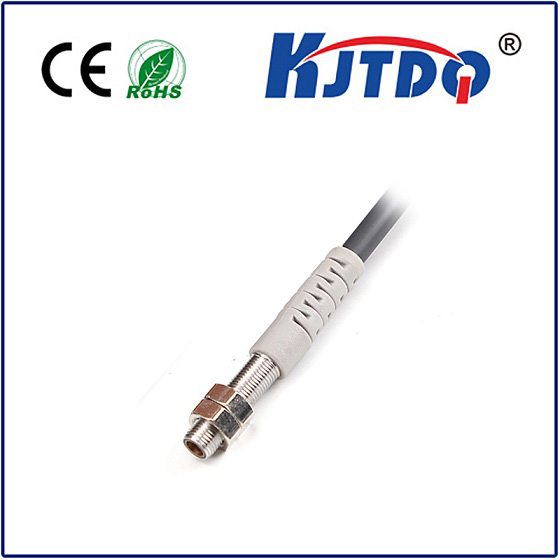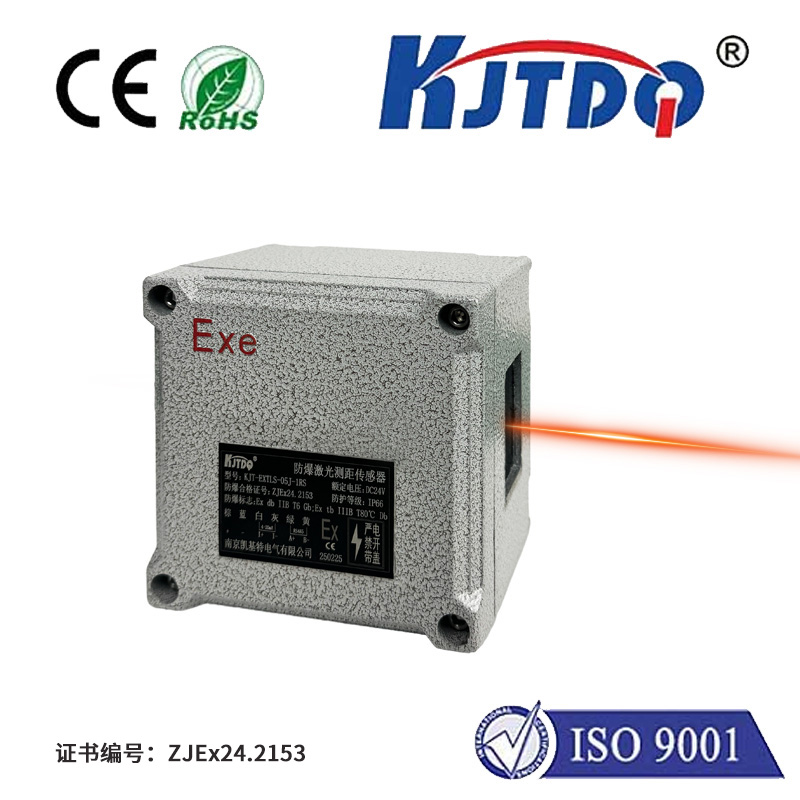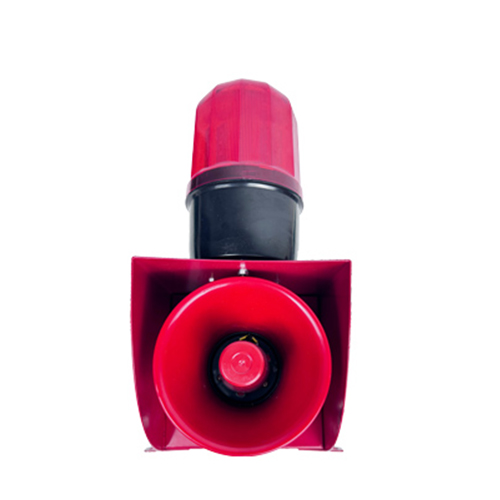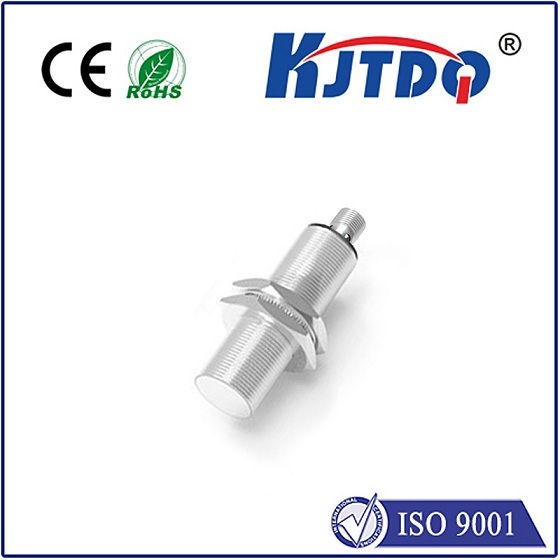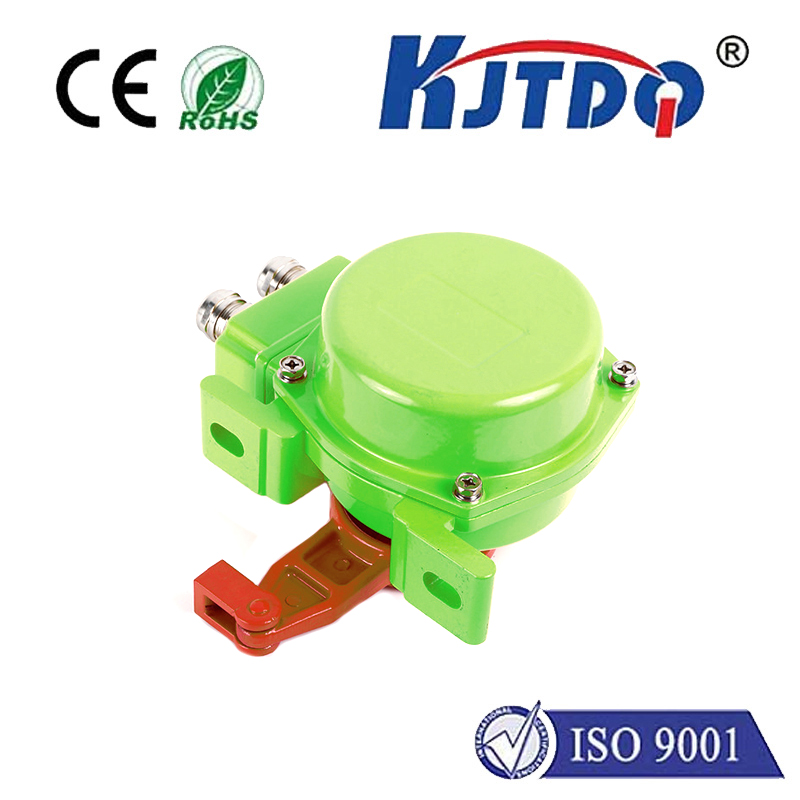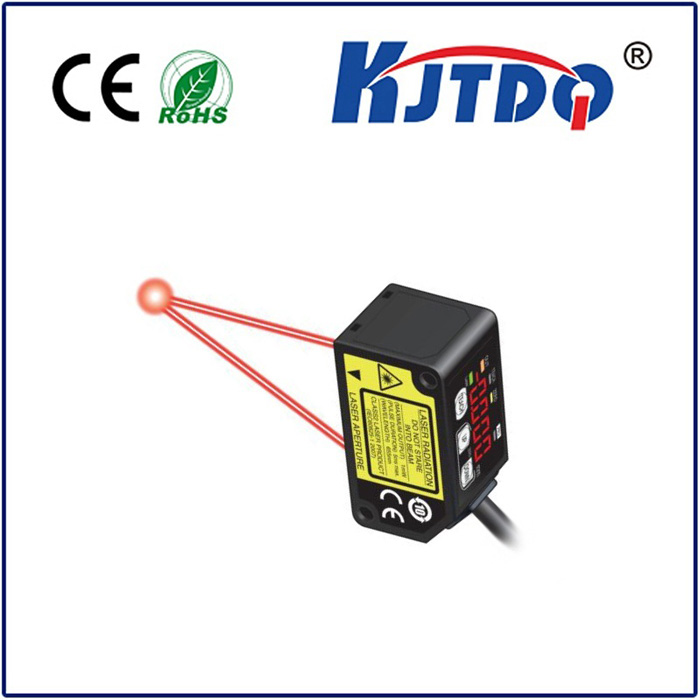p&f inductive sensor
- time:2025-07-14 15:21:51
- Click:0
P&F Inductive Sensors: The Bedrock of Reliable Industrial Proximity Detection
In the pulsating heart of modern automation, where milliseconds matter and reliability is non-negotiable, a silent workhorse plays a pivotal role: the inductive proximity sensor. And when it comes to precision engineering and robust performance, P&F inductive sensors – from industry leader Pepperl+Fuchs – stand as a benchmark. These unassuming devices are fundamental to countless processes, ensuring accurate object detection without physical contact, even in the harshest industrial environments. Forget downtime and faulty readings; P&F sensors are synonymous with operational resilience.
Decoding the Inductive Principle: Contactless Sensing at its Core
At the heart of every P&F inductive sensor lies a beautifully simple yet highly effective principle: electromagnetic induction. Here’s a breakdown:
- Generating the Field: The sensor contains an oscillator circuit that generates a high-frequency electromagnetic field emanating from its active face (the sensing surface).
- Target Interaction: When a metallic object (the “target” – think a machine part, conveyor pallet, cylinder piston, etc.) enters this field, eddy currents are induced within the target material.
- Field Dampening & Detection: These eddy currents draw energy from the sensor’s oscillating field, causing a measurable dampening or change in the oscillation amplitude. Sophisticated electronics within the sensor continuously monitor this change.
- Output Signal: Once the dampening reaches a predefined threshold (indicating the target is within the specified sensing range), the sensor’s output state switches. This could be turning a solid-state switch ON (sinking or sourcing current) or OFF, providing a clear digital signal: Target Present or Target Absent.
The elegance of this non-contact sensing method cannot be overstated. It eliminates wear and tear associated with mechanical switches, delivers high switching frequencies crucial for fast processes, and operates reliably amidst dust, oil, vibration, and temperature variations that would cripple other technologies.
Why P&F? Defining Features for Demanding Applications
Pepperl+Fuchs didn’t just invent the inductive proximity sensor (they pioneered it in 1958); they relentlessly refine it. Choosing a P&F inductive sensor often translates to selecting against failure. Key advantages include:
- Unmatched Robustness: Engineered for the trenches. Stainless steel housings, incredibly high IP ratings (like IP67, IP68, IP69K), and resistance to aggressive chemicals, cutting fluids, and weld spatter are standard fare. They thrive where lesser sensors fail.
- Exceptional Reliability & Long Service Life: Precision manufacturing and rigorous quality control ensure millions of reliable switching cycles. This translates directly to reduced maintenance costs and maximized machine uptime.
- High Precision & Repeat Accuracy: Consistent detection at specified sensing distances, critical for precision positioning, counting, and quality control.
- Immunity to Environmental Factors: Excellent resistance to common industrial nuisances like dust, dirt, moisture, and non-metallic contaminants. Electromagnetic compatibility (EMC) is rigorously designed in.
- Extended Sensing Ranges & Miniaturization: Offering some of the longest standard sensing distances available, while also providing incredibly compact form factors (miniature sensors, cube sensors) for space-constrained installations.
- Specialized Variants: Catering to niche needs, like:
- Ferrous-inclusive sensors: Detect all metals.
- Non-ferrous optimized sensors: Achieve longer ranges on aluminum, brass, copper, etc.
- High-temperature sensors: For foundries, ovens, or engine blocks.
- Weld-field immune sensors: Remain stable in strong magnetic fields near welding equipment.
- Factor 1 sensors: Detect all metals at their full nominal sensing range.
- Analog output sensors: Provide distance-proportional signals (e.g., 4-20mA, 0-10V) for positioning tasks.
- Advanced Connectivity (IO-Link): Many modern P&F sensors feature IO-Link communication, transforming them into smart devices. This enables remote parameter setting, advanced diagnostics, process value monitoring (like signal strength), and simplified integration into Industry 4.0 architectures.
Where P&F Inductive Sensors Power Progress: Ubiquitous Applications
The versatility of these sensors makes them indispensable across virtually every industrial sector:
- Factory Automation & Robotics: Detecting part presence/absence on conveyors, monitoring robot end-effector positions, palletizing/depalletizing control, guarding doors/hatches.
- Automotive Manufacturing: Precision positioning of chassis components, monitoring paint shop carriers, controlling fluid levels, verifying part insertion in assembly lines.
- Packaging Machinery: Ensuring correct container placement, cap presence detection, fill level control (for metal containers), and label application verification.
- Material Handling & Logistics: Pallet detection in warehouses, position sensing on Automated Guided Vehicles (AGVs), monitoring roll door positions, controlling sorting gates.
- Food & Beverage Processing: Using specialized sensors with FDA-compliant materials (like specific polymers or stainless steel grades) for detecting metalized packaging, machine parts, or valve positions, even under aggressive CIP (Clean-in-Place) cleaning.
- Machine Tooling: Tool breakage detection, tool changer positioning, monitoring coolant levels (metal tanks), guarding access points.
- Hydraulics & Pneumatics: End position detection for cylinders and valves.
- Power Generation & Heavy Industry: Monitoring large machinery components, detecting position in turbines, ensuring safety interlocks in harsh environments.
Selecting the Right P&F Inductive Sensor: Key Considerations
With such a vast portfolio, choosing the optimal sensor requires attention to detail:
- Target Material: Is it ferrous (steel, iron), non-ferrous (aluminum, copper, brass), or stainless steel? Choose a standard ferrous-inclusive sensor or one optimized for non-ferrous or stainless steel for maximum range. Factor 1 sensors ensure the rated range for any metal.
- Required Sensing Range (Sn): Measure the maximum distance needed between the sensor face and the target when detection must occur. P&F offers sensors with ranges from fractions of a millimeter up to several centimeters. Always refer to datasheets for exact specifications.
- Mounting & Size Constraints: Consider available space and the mounting method (flush or non-flush mounting capabilities, threaded barrel, block-style, rectangular). Miniature and ultra-flat designs are vital for tight spots.
- Electrical Requirements: Voltage (DC or AC), output type (NPN/PNP NO/NC), current rating, and connection method (cable, connector type like M12 or M8).
- Environmental Conditions: Temperature extremes? Exposure to water, chemicals, oils, weld spatter, or high-pressure washdown? Specify the necessary IP rating and housing material (stainless steel is king for harshness).
- Special Needs: Do you require high switching frequency? Resistance to strong magnetic fields? Analog output for position feedback? IO-Link intelligence? High-temperature tolerance?
- Standards Compliance: Ensure the sensor meets necessary industry or regional safety standards (e.g., UL, CSA, ATEX/IECEx for hazardous areas).
The Indispensable Foundation
P&F inductive sensors are far more than simple switches; they are the bedrock upon which reliable machine control and process automation are built. Pepperl+Fuchs’ commitment to engineering excellence, rugged construction, and continuous innovation solidifies their position as the go-to choice for engineers seeking uncompromising performance and operational certainty. From monitoring a single valve position to orchestrating a complex robotic assembly line, these sensors deliver the contactless, wear-free, and dependable detection essential for modern industry’s efficiency, safety, and productivity. In the relentless pursuit of seamless automation, P&F inductive proximity sensors remain an indispensable, trusted partner.











